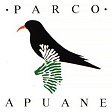|
Main projects and actions



hightlighted
entities


Descriptive cards
of some important
plants
(in italian)
Aquilegia bertolonii
Biscutella apuana
Campanula medium
Carex macrolepis
Carex macrostachys
Carum appuanum
Centaurea arachnoidea
Centaurea arrigoni
Cerastium apuanum
Globularia incanescens
Hypericum coris
Lomelosia graminifolia
Moltkia suffruticosa
Orchis pauciflora
Phyteuma scorzonerifolia
Polygala carueliana
Rhamnus glaucophylla
Rhinanthus apuanus
Salix crataegifolia
Santolina leucantha
Saxifraga lingulata
Scabiosa holosericea
Sesleria tenuifolia
Valeriana saxatilis
Veronica aphylla
The Park's Herbarium
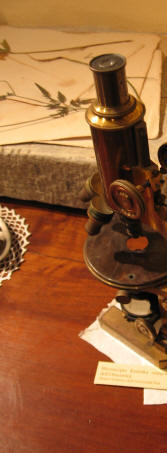
|

The Fociomboli peat
bog
In the Apuan Alps marsh areas are not so
frequent; this is mainly due to the prevailing calcareous nature of the
substrate, whose high permeability does not allow, for a long time and in
any period of the year, significant stagnation of water on the ground.
However, there are some examples of wetlands in the Apuan Alps,
which today have become very delicate, vegetable entities that retain
considerable and in some cases of great interest geobotany.
The Fociomboli
peat bog, located at about 1100 m above sea level,
is the most famous wetland of the Apuan area and
also the largest.
The meadow basin is crossed by water coming from the
overlying carbonate formations widespread and
confluent in small streams; the impermeable rocks
that make up the bottom of the basin allow the
outcrop of the aquifer.
The flora of the peat is rich in species, which
bloom mainly during the summer months, when the
landscape is strongly influenced by the white blooms
of cotton grass. In addition to relatively common
species, such as the white hellebore (Veratrum
album), the marsh speedwell (Veronica beccabunga) or
a ponytail (Equisetum palustre), the flora of this
habitat enumerates some peculiar species; among
these, two kinds of plumes (Eriophorum latifolium
and Eriophorum angustifolium), very rare in the
Apuan here and here present with dense populations,
the pinguicola (Pinguicula apuana) and three rare
orchids, Dactylorhiza incarnata, Epipactis palustris
and Herminium monorchis, this the latter in the
Apennines in this unique station, where is the most
significant example of glacial relict.
A dense beech forest
surrounds the bog, interesting from a botanical
point of view, but also from the landscape,
especially during the fall, when it presents itself
the hiker in all its shades of red-orange.
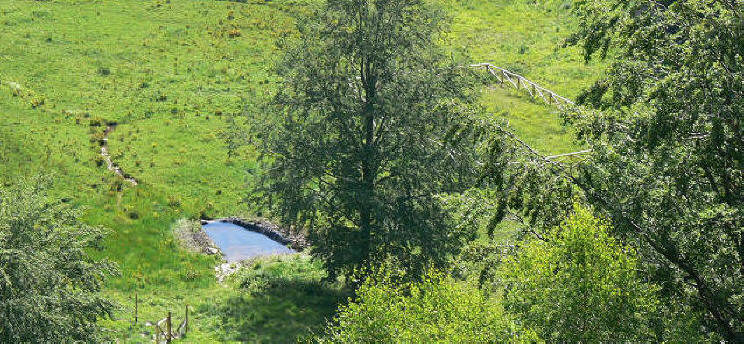
In the last few years
some actions financed by the Ministry of the
Environment as part of the Project for the
conservation of biodiversity in the wetlands of the
parks have been carried out on two wetlands inside
the Park (the Fociomboli peat bog and Sphagnum
population of the Giardino Valley).
In the Fociomboli a special delimitation of the edge
of glacial basin has been built, in order to avoid
the abusive entrance by motor vehicles, mainly
off-road and motorcycles; also a small wooden fence,
temporary, has been put in place in the portion of
habitat that hosts the population of the rare
Herminium monorchis, to avoid damage by trampling.
Finally a small pond in the peripheral portion of
the bog was created.
The Sphagnum populations of the Giardino Valley has
been carefullly cleaned by the other moss population
and weeds from the chestnut; this action, largely
executed without the aid of mechanical means, has
allowed a rapid improvement of the vegetative
conditions of Sphagnum cenosis.
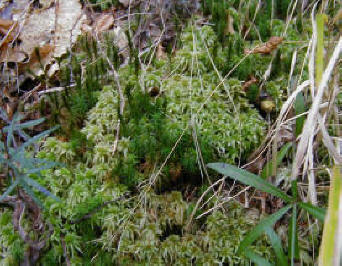
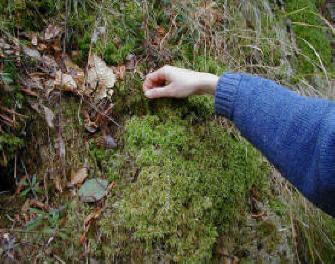
 |
